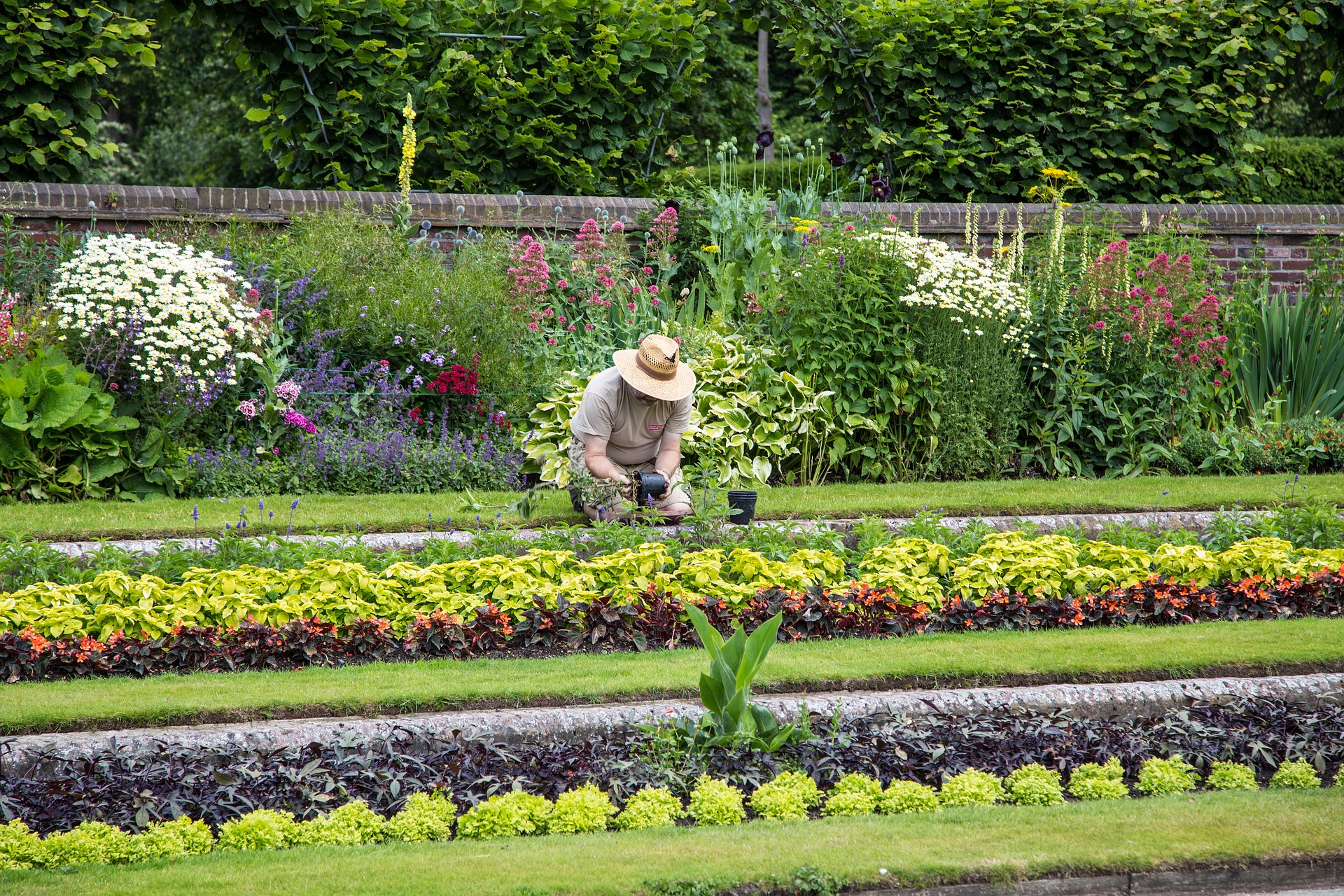
Millions of people love to garden as their pastime. The popular outdoor activity has many associated health benefits, but can also lead to back and joint pain. As you start your gardening this season, try these tips to prevent gardening pain.
For Minnesotans, there’s nothing like being outdoors. In fact, despite the cold weather, Minnesota still tops the nation when it comes to being physically active – even outdoors. Biking, running, hunting, fishing, hiking, and anything done on a lake definitely contribute to us having one of the lowest rates of cardiovascular deaths in the US. And, even though our winters are long and sometimes just won’t leave, you’ll still find people being physically active outdoors. However, once Ole’ Man Winter leaves town and the snow starts melting, more Minnesotans come out from hibernation to enjoy the outdoors.
Gardening is one of the most popular pastimes of Minnesotans when the snow finally leaves. Many people might not realize it, but it comes with multiple health benefits and is considered a physical activity. But, with every physical activity, also comes the risk of pain and injury. Many times, gardening pain can be prevented with simple steps.
The Unbelievable Health Benefits Of Gardening
Most people think of gardening as a wonderful activity to enjoy nature and the outdoors. However, there are many physical health benefits of gardening as well. In fact, it’s considered a physical activity. Although it may not get your heart pumping as other activities, lawn work and gardening still contribute to the amount of time spent being physically active.
Gardening requires you to bend, squat, pull, drag, carry, and rake and till – all requiring muscle use. The simple activities of gardening strengthen bones and joints, keeps your muscles strong, and helps with increasing stamina and flexibility. Gardening is a great way to strengthen your hand and back muscles as well. It also helps increase your exposure to sunlight, which increases your vitamin D levels – something that’s also hard to come by in Minnesota, especially in winter. Vitamin D is essential to keep your bones healthy, which keeps you pain and injury-free.
Tips For Avoiding Gardening Pain
With all the bending, twisting, pulling and carrying that comes with gardening, back pain and hand pain are extremely common. Many people think that because you kneel much of the time during gardening that pain and injury won’t be a problem. However, the kneeling posture coupled with repetitive motions can lead to aches and pains. The good news, however, is that much of what we experience with gardening pain can be avoided or at least minimized by simple adjustments.
- Keep Good Alignment And Posture
When you’re carrying heavy bags of mulch, bending down and picking up heavy rocks, twisting to rake and till, or kneeling and pulling weeds, it’s essential to keep practice good alignment. In fact, you should be minimizing twisting as much as possible by turning your body with the motion instead of keeping your body still. Furthermore, engaging your core will help protect your back and keep you stable during some of the hardest actions.
- Use Your Legs To Life
Too many of us just bend down and use our backs to simply lift objects off the ground. You may be able to get away with this if you’re picking up your gardening gloves, but if you’re lifting heavy tools, rocks, or other items without using your legs you could be heading towards back pain. When picking up objects, make sure you squat down to the appropriate level and lift with your legs, not just using your arms, shoulders, and back. Not only does this help protect your back from pain, but it also helps with balance and stability.
- Change Positions Frequently
Because gardening requires keeping the same position as kneeling for extended periods of time and uses repetitive motions, it’s important to change positions frequently. When you start getting tired of kneeling, you often stop engaging your core, which puts more stress on your back. Furthermore, your knees and hips feel the stress of being in the same position for too long. Getting up to stretch and walk around for a few minutes will help relieve that stress and keep you pain-free.
The American Society for Surgery of the Hand recommends varying your tasks every 15 minutes with a brief rest to avoid over-using the same muscles.
- Warm Up And Cool Down
Yes, even gardening requires you to warm up and cool down properly. You may not be running a marathon, but it’s still a physical activity that requires your muscles to work. This means they need adequate blood flow, which warming up will help increase. Proper warm ups will help increase the efficiency of how your body and muscles work, which means they will be able to support you better as you garden. Cooling down will allow your muscles to recover and rebuild properly, which helps you avoid injuries.


